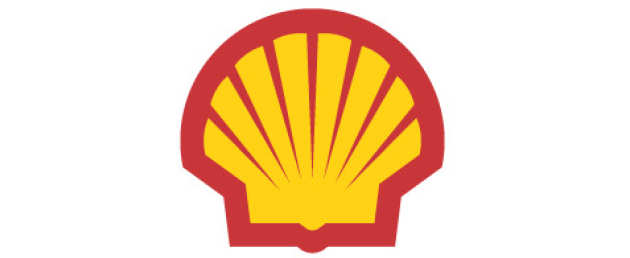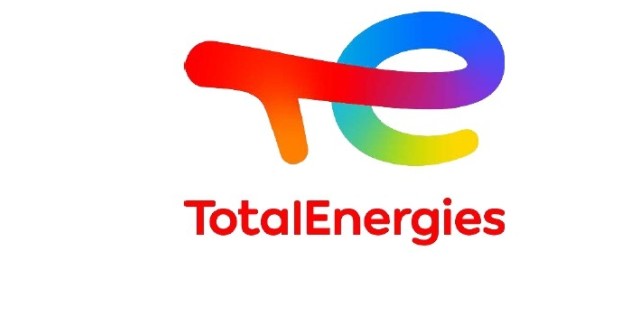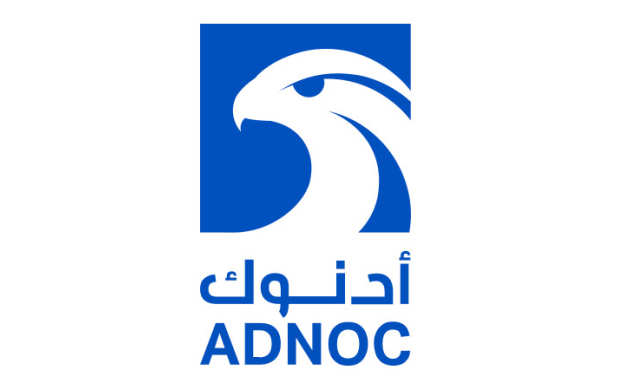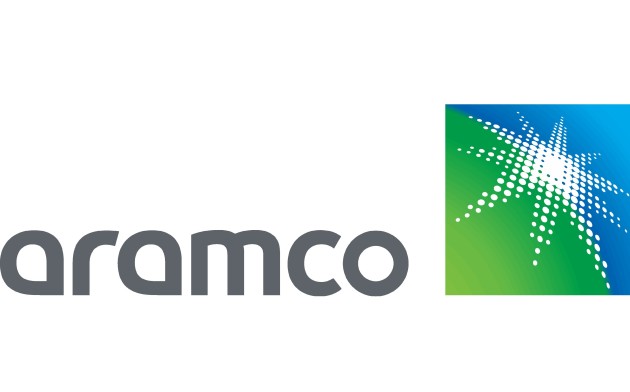Pore-Scale Modelling and Imaging
The Imperial College Consortium on Pore-Scale Modelling and Imaging uses innovative methods to image rock samples at micron resolution, and the fluids within the pore spaces, at reservoir conditions of temperature and pressure. These images are analysed in combination with averaged measurements of pressure differential to obtain both a pore-scale understanding of displacement processes as well as averaged properties, such as relative permeability, curvatures, contact angles, interfacial areas, connectivity and capillary pressure. The second main strand of our research is to develop a suite of modelling tools – including direct simulation and pore network modelling – to interpret and predict our results, and to explore behaviour outside the range of conditions studied experimentally. We study multiphase flow in porous media, the effects of wettability and reactive transport.
- Micro CT images and networks
- Software
- Meetings and presentations
- Reports and proposals
- PhD theses
- Publications
Deliverables
- Access to all software developed.
- Six-monthly project meetings.
- Copies of all preprints and theses.
Current group members
Martin Blunt, Professor of Flow in Porous Media – overall supervision and theories of multiphase flow in porous media
Branko Bijeljic Principal Research Fellow – multiphase flow and reactive transport
Sajjad Foroughi, Post-doctoral researcher – pore-scale modelling
Sati Asli Gundogar, Post-doctoral researcher – generalized pore-scale modelling and analysis
Rukuan Chai, Post-doctoral researcher – imaging and analysis of carbon dioxide storage
Anindityo Patmonoaji, Post-doctoral researcher – experimental measurements of displacement
Sepideh Goodarzi, 3rd year PhD student – analysis of hysteresis
Hussein Alzahrani, 3rd year PhD student – surfactant flooding
Abdulaziz Alsaleh, 3rd year PhD student – simulation of polymer flooding
Ademola Adebimpe, 2nd year PhD student – pore-scale modelling of intermittency
Jack Ma, 2nd year PhD student – application of machine learning to pore-scale modelling
Waleed Dokhon, 2nd Year PhD student – hydrogen storage
Ahmed Alzaabi, 2nd Year PhD student – carbon dioxide and hydrogen storage
Anfal Al Zarafi, 1st Year PhD student – carbon dioxide storage in reservoir carbonates
Olatunbosun Adedipe, 1st year PhD student – reactive transport and cement dissolution
Ibrahim A Alobaidan, 1st year PhD student – modelling and design of hydrogen storage
Qianqian Ma, 1st year PhD student – experimental studies of reactive transport
Yang Gao, Visiting PhD student – machine-learning based image segmentation
Gang Luo, Visiting PhD student – machine-learning applies to NMR measurements
Shanlin Ye, Visiting PhD student – AI-driven management of drilling
Also a collaboration with Zheijang University in China:
Qingyang (Lewis) Lin, Professor, Zhejiang University, China – multiphase flow
Mingliang Qu, 3rd year PhD student Zhejiang University, China – multiphysics modelling
Funding
Funding from a consortium of companies is requested at a level of £30,000 per year. The Consortium at present has support from the following companies:













